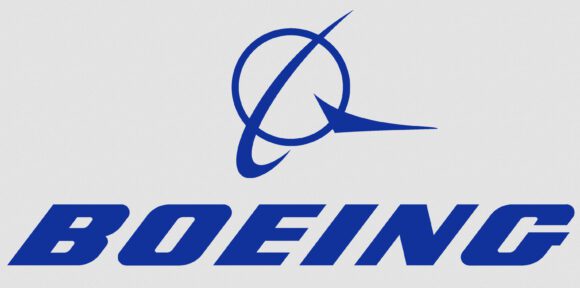If we look at the active fleet in the middle of the market category – aircraft between 180 and 250 seats with moderate range capabilities, the story is quite striking, as shown in the diagram below. Boeing’s position in that market, initially staked out by the 757 and 767, has not grown, and from 2014-2015 actually declined. The 737-900ER has not been able to keep pace with retirements, and the 737 MAX9 and potential MAX10 appear to be too little too late to effectively compete as a 757 replacement. The average age of the Boeing fleet remains quite high, reflecting the recent market capture by Airbus as 757/767 replacements.
 We did not include the 787-8 as a MoM aircraft because it is, frankly, too much airplane for that segment, offering ultra-long range and carrying a high price tag to match its high technology teething issues.
We did not include the 787-8 as a MoM aircraft because it is, frankly, too much airplane for that segment, offering ultra-long range and carrying a high price tag to match its high technology teething issues.
Airbus, by contrast, has steadily grown its share in this market with both the A321 and A330-200 models, offering both narrow and wide-body alternatives for MoM. Airbus average age is dropping, reflecting recent deliveries, while at the same time overtaking Boeing in terms of fleet size.
With Boeing’s market share declining and Airbus share increasing, Boeing has to provide alternatives to try and stem the tide. The 737MAX10 is the fastest route to market entry, and we expect Boeing to offer this aircraft – and perhaps sell several hundred. While it doesn’t reverse the trend, every order for the MAX10 will be one that Airbus doesn’t receive.
The real question is the 250 seat segment of the market. Airbus has the A330-200 and a matching re-engined A330-800neo that fit the high end of the segment with low capital costs. Boeing will need to match those low capital costs while providing a better performing airplane. While providing a better performing airplane should not be a challenge given advances in technology, delivering that aircraft at a reasonable price with that technology to be able to compete with the A330neo will be a major challenge.
The Near-Term Outlook
Things aren’t going to get better for Boeing quickly, as shown in the chart below.
Looking at order backlogs, Airbus is in much better shape. Undelivered orders for the MAX9 are estimated to be about 300-500 out of the total MAX orders, depending on whether some airlines choose the MAX8 or MAX9 for delivery. The backlog for the 737-900ER is only 81 aircraft. Meanwhile Airbus has 275 unfilled orders for the A321 and 1,384 orders for A321neo. Airbus also holds orders for 44 A330-200 and 6 A330-800 models.
The Bottom Line
Airbus is in the driver’s seat in the MoM space today, offering both a narrow-body offering at the bottom of the market and a wide-body offering at the top end, that bracket Boeing’s current offering, the relatively weak 737-900ER and MAX9. The Boeing aircraft suffer from runway performance issues, and have been outsold by Airbus by a 4:1 to 5:1 ratio. Things have gotten so bad for Boeing that they don’t break out MAX orders by type. The MAX7 was selling so poorly that it needed a reconfiguration with additional seats, and were the MAX9 successful, Boeing wouldn’t be talking about a MAX10 to supersede it.
Boeing desperately needs a new airplane in the MoM space to reverse performance that can only be described as stagnation, while Airbus has succeeded with a strategy to take the existing 757/767 market and gain market share.
Views: 7





Thanks for publicly posting this Premium content.
Yes, Boeing has to launch the MMA sooner than later, even if the R&D effort requires a pause in share buybacks and dividend hikes. Free cash flow has to be used first to ensure the future of the company:
http://www.investors.com/news/boeing-to-cut-commercial-plane-staff-amid-airbus-market-share-gains/
Boeing is harvesting what it sowed. I still remember when Airbus came up with A 320 neo some time ago and how they ridiculed that effort.Well, as the saying who laughs last……….